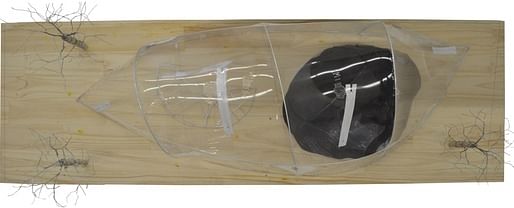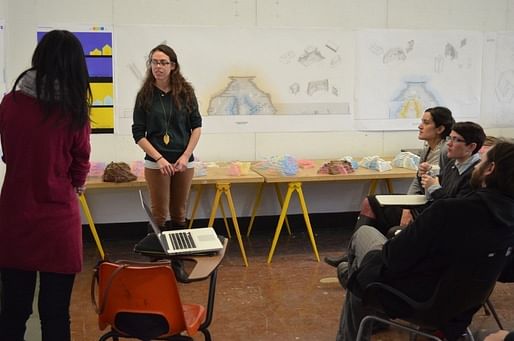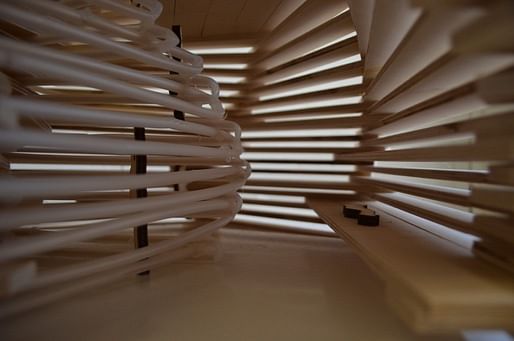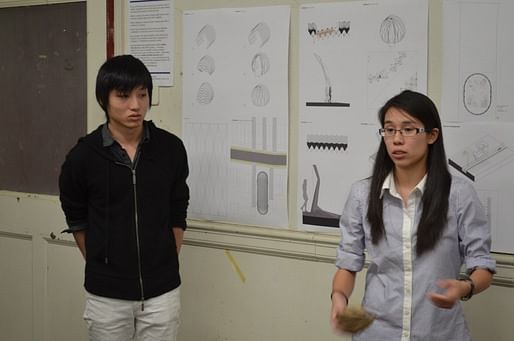
Contributed By: Scott Archambault
The Material Culture research group explores the relationship of people, materials, and ideas and their manifestation into the artifact of the built environment. The idea of Material Culture is that every material has a culture that inevitably surrounds it. As members of the group, we seek to both challenge and explore this culture of norms to construct (or in some cases discover) a built environment.
But what if the words were reversed? What if the culture was in fact the material used in designing space? Today, we live in a culture of foreclosed-on homes, abandoned houses, and financial meltdown. The Continual House seeks to use these problems to create a new housing typology which eliminates the need for mortgage payments, instead directing those same funds to a continuous construction, addition, or transformation on an initial rudimentary space.
This process begins with the deliberate misuse of an existing building system or material with the agenda of creating a single initial space, and then plan for the temporal transformation on that structure over time.
What would such a typology be like?
Perhaps it would begin with the deliberate bending of PVC pipe, a material known for its durability and tensile strength. Doing so creates an single coherent space, a form completely determined by the bending tendency of the material. The bending tendencies could then be cataloged, and taken advantage of to build a much larger structure, the interior of which is both under construction and occupy-able throughout the winter.
(Project by Scott Archambault and Anthony Naples)




Or maybe the it begins with the reinterpretation of in-habitation, and the place of services in a dwelling. Using a combination of wood and PVC pipe, every aspect of services (refrigerators, heaters, shelving, desks) in a house could be re-configured into spacial constructs.
(Project by Lisa Stern and Yang Gao)


Or possibly the process begins with a process of folding, creating stable structures from nonstructural materials. Those initial materials may then be cast over in concrete, creating a shift it material over time. The expandable nature of the technique could be used to create openings, organize interior spaces, or even create different environmental zones.
(Project by Wesley Chang and Pequin Leung)



Learn more about the research and creative activities of our enterprising students and faculty. At the School of Architecture and Planning, we engage with our local and global communities to push the boundaries of our disciplines and innovate the professions of architecture and planning.
No Comments
Block this user
Are you sure you want to block this user and hide all related comments throughout the site?
Archinect
This is your first comment on Archinect. Your comment will be visible once approved.